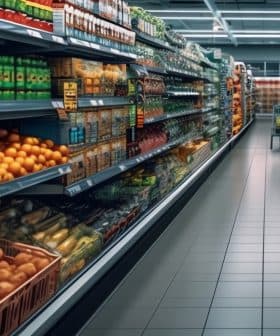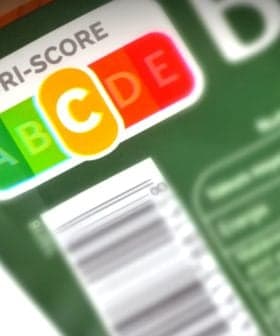Europe Closer to Banning Refillable Olive Oil Cruets in Restaurants
The European Commission is proposing changes that would ban reusable olive oil cruets in restaurants and cafes across the EU starting next year, as well as implementing new rules for olive oil labeling including harvest dates and minimum lettering sizes. These changes are intended to protect and inform consumers, improve compliance monitoring, and may be subject to further revision after internal consultation.

Reusable olive oil cruets would effectively be banned in restaurants and cafes across the European Union from next year, under proposed changes before the European Commission. The draft amendments also show the EC favors new rules on when harvest dates can appear on olive oil labels and the minimum size of lettering for certain label details.
The moves are in a bill (in French) recently posted online by the EC. Covering changes to EU regulation 29/2012 on marketing standards for olive oil, its introduction says it’s intended to “better protect and inform consumers…and improve the effective monitoring of compliance with these standards.” It carries the disclaimer that it is still subject to internal consultation and will probably change.
Among the measures:
- Non-refillable containers: olive oils made available to patrons in hotels, restaurants and cafes must be in non-refillable, properly labeled packaging.
This is to ensure the quality and authenticity of these olive oils, the draft says.
- Label legibility: certain label details, understood to include the origin of the oil, must appear in the main visual field on the container. This mandatory information must appear in letters with a minimum height of: 2mm for volumes up to 25ml, 3mm for above 25 but no more than 100ml, and 4mm above100ml.
Good readability is seen as important to aid consumer product selection.
- Harvest date: this may appear on the label only if all the contents are of that harvest.
Intended to help consumers ensure product freshness.
- Storage conditions: advice that olive oil should be stored away from light and heat must appear clearly on the packaging or an attached label.
Designed to ensure consumers are properly informed of optimal storage.
- Foods preserved in olive oil alone: a current requirement that labels for foodstuffs (other than sardines and tuna) preserved in olive oil state the percentage of the oil relative to the total net weight of the foodstuff would cease. Instead, the label should say that the foodstuff has been preserved only in olive oil.
To provide more clarity for consumers.
- Penalties and checks: effective, proportionate and dissuasive penalties must be set at national level by each EU member state. They must also conduct checks to ensure the truth of label statements and of compliance with the regulation. If irregularities are found they must request an audit. They must also report to the EC each year with specified details of these checks.
Transition period
It’s proposed that the changes apply from next January 1 in all EU member states. However, products complying with current rules which were made and labeled in, or imported into, the EU and in circulation before 2014 could be sold until stocks run out.
More detail awaited on action plan for EU olive oil sector
An indicative vote on the draft amendments is on the agenda of the EC’s Management Committee for the Common Organisation of Agricultural Markets meeting to be held in Brussels on February 6.
As previously reported by Olive Oil Times, the EC has also drafted separate legislation to amend regulation 2568/91 on olive oil characteristics and analysis methods. That bill, which would require member states to do at least one targeted check per 1000 tons of olive oil marketed within them and persons or entities holding olive oil keep a register of entries and withdrawals, is also on the agenda.
The two drafts contain some of the measures floated by European Commissioner for Agriculture Dacian Cioloş in his action plan for the EU olive oil sector, released last June for discussion. He has yet to announce the final plan.









